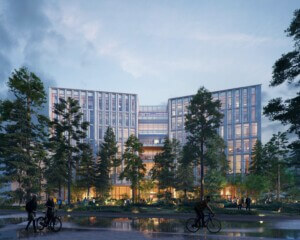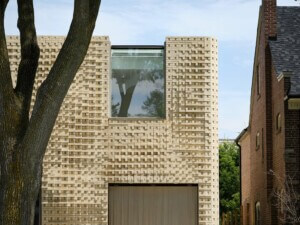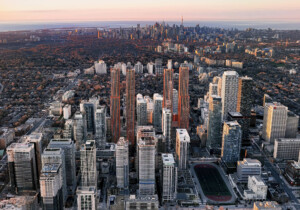McGill University has been nicknamed “The Harvard of Canada.” With an annual enrollment of 38,000 students, the Montreal institution is set to expand part of the establishment with the help of Diamond Schmitt/Lemay Michaud. Named the New Vic, the project will restore parts of the Canadian historic landmark, the Royal Victoria Hospital.
The hospital’s original 1893 design was composed of three freestanding pavilions in a Scottish baronial style. While it was important to the architects to preserve and even highlight details from its historic facades, today, the New Vic’s design is committed to adding more light to the building—both natural and artificial—through skylit interior courts as well as LEED Gold and WELL Gold environmental standards.
The New Vic will serve as an international center for interdisciplinary research, hosting McGill’s academic programs in sustainable systems and public policy. Most of the building’s transformation will be through the reuse of the building’s heritage wings, as well as an actual 350,000-square foot addition facility that will work seamlessly with the original site.
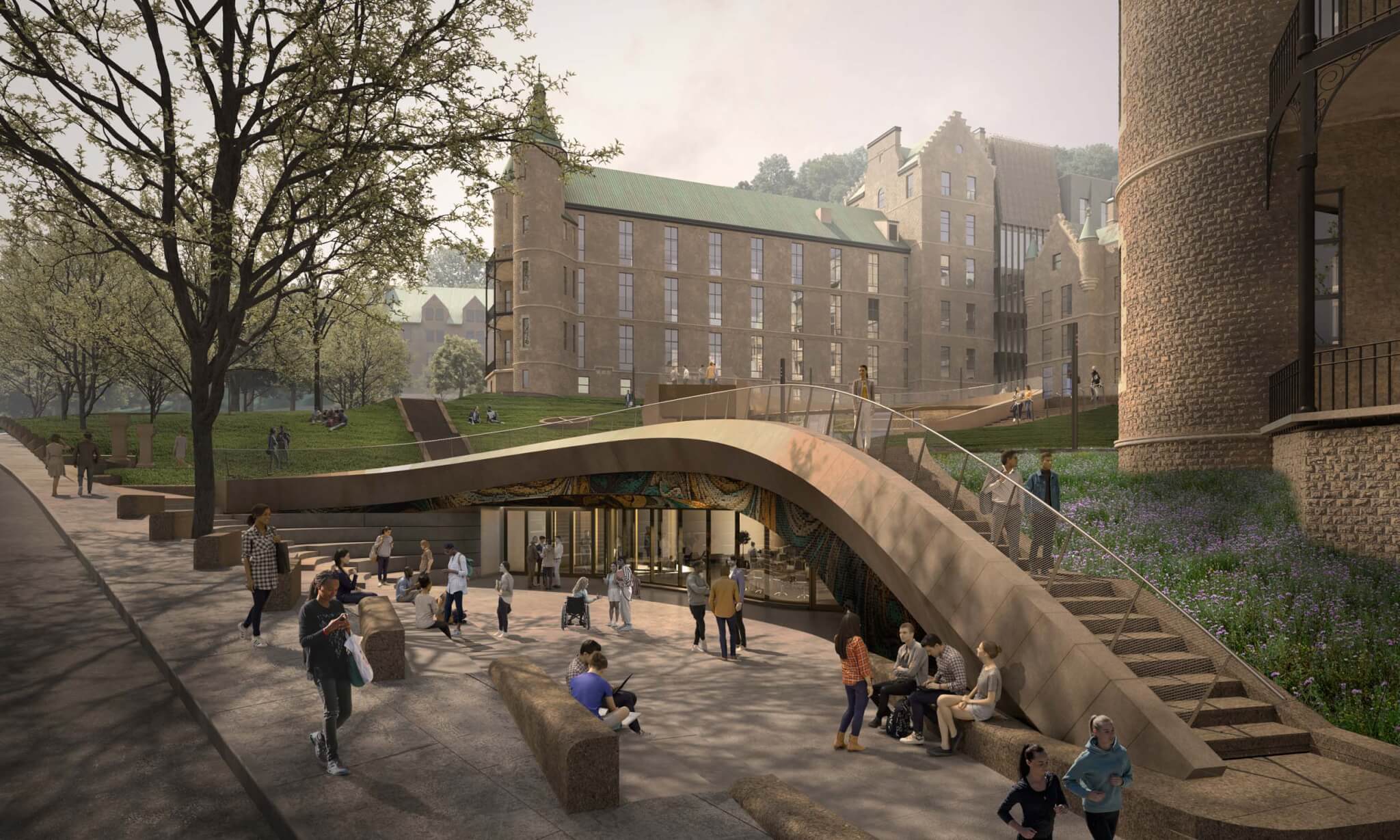
McGill University offers over 100 courses in sustainability every year, so this expansion is an example of the effort to stay climate conscious both in and out of the classroom. “We are inspired with urgency to design a center devoted to the most critical issue of our time: healing the planet,” said Donald Schmitt, founding principal at Diamond Schmitt. Schmitt has been an outspoken advocate of a responsibility to sustainability and continues to practice its ideals.
The space is designed to follow a Living Lab model, categorizing spaces by activities instead of departments. The drive behind the restructuring allows for flexibility and adaptability between cohorts and researchers to share ideas and collaborate knowledge.
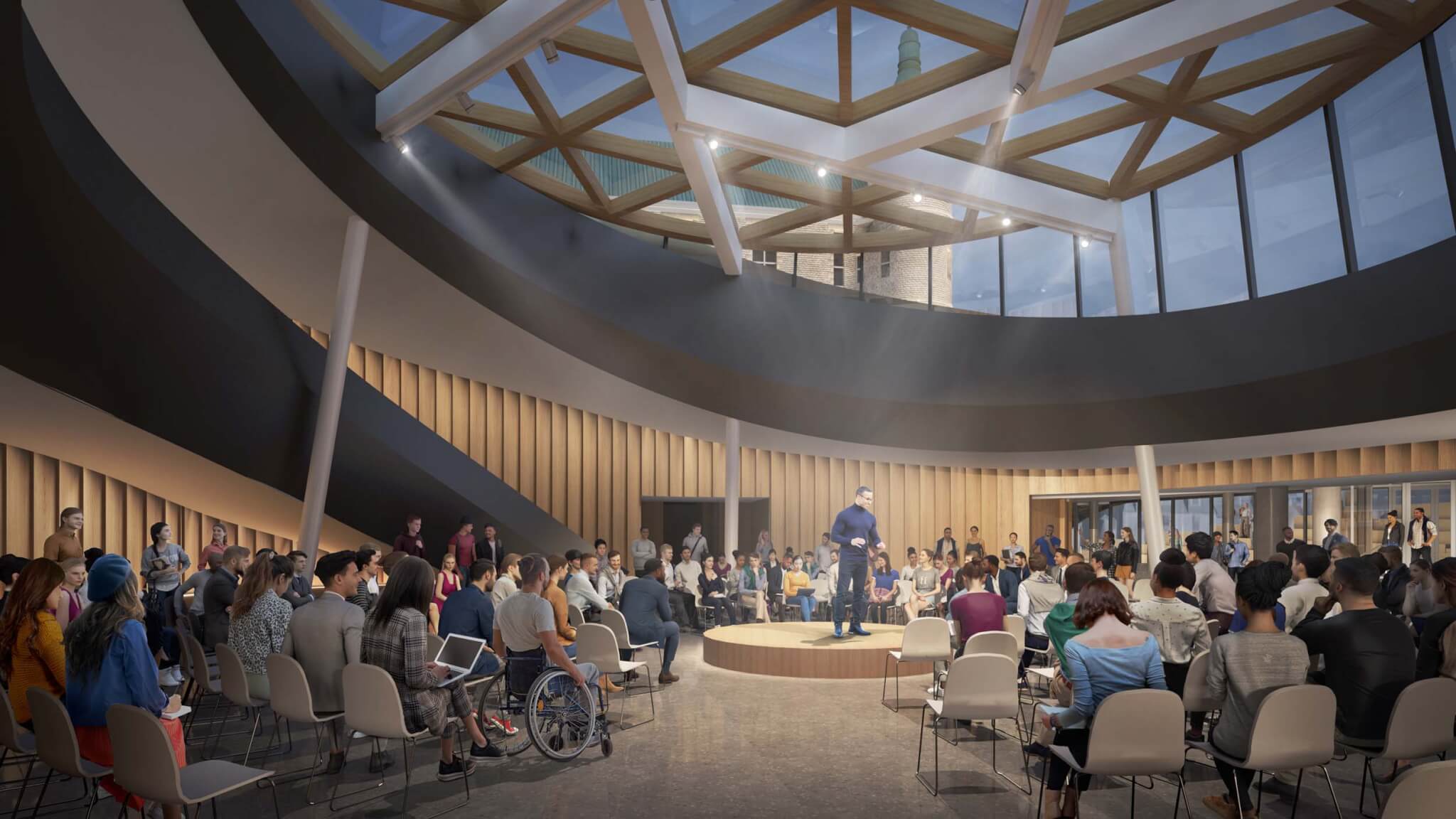
There is also a vision for the roof to be used as a seasonal teaching space. The entire expanse is made accessible through Diamond Schmitt/Lemay Michaud’s renovation, and includes green roofs and gardens that overlook the McGill campus and the surrounding city. The design itself will expand on the work of Frederick Law Olmsted, designer of the much-loved local Mont Royale Park, who believed in creating harmony between the building, the city, and the natural topography surrounding it.
The project is set to lower carbon systems and emissions, create a strategic deconstruction of the previous building and repurposing with balance. Diamond Schmitt/Lemay Michaud will work closely with the Société Québécoise des Infrastructures (SQI) and the Ministère de la Culture et des Communications to properly address the new restructuring of the heritage building and the its overall planning. In an ice cap-melting world, the these considerations are more important than ever for both the design industry specifically, and higher education at large.
The 500,000-square-foot renovation is expected to open in 2027.








